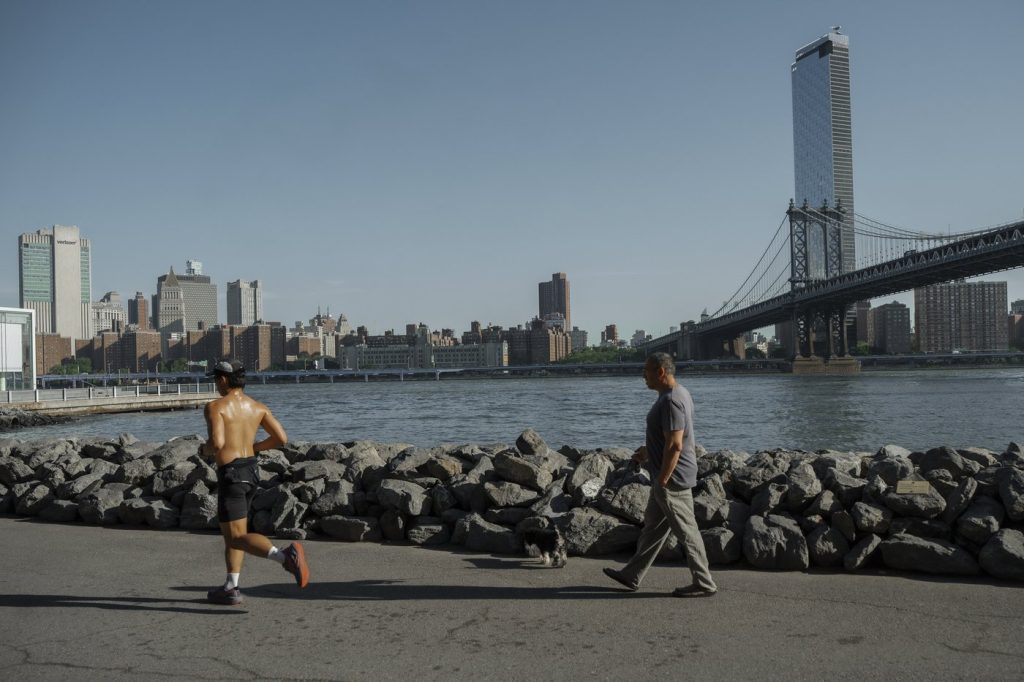Extreme heat presents significant challenges for the human body, particularly during exercise or sports activities. As temperatures rise, it becomes increasingly difficult for the body to maintain its core temperature, which the brain aims to keep at approximately 98.6 degrees Fahrenheit (37 degrees Celsius). One of the body's primary responses to heat is sweating, which, when evaporated, helps cool the body. However, when the environmental conditions are excessively hot and humid, sweating becomes less effective, leading to potential health risks such as dehydration and heat-related illnesses.
Experts, like Bharat Venkat, an associate professor at UCLA and the director of the UCLA Heat Lab, emphasize that the impact of heat extends beyond common concerns like heat cramps, exhaustion, and stroke. It affects the entire body, including the heart and lungs, making it essential for individuals to recognize the dangers associated with exercising in high temperatures.
Humidity is a critical factor in assessing heat risks. High humidity levels hinder the evaporation of sweat, which is crucial for cooling down the body. This phenomenon is reflected in the heat index, a measurement that combines temperature and humidity to indicate how hot it feels. According to the National Oceanic and Atmospheric Administration (NOAA), caution is advised when the heat index reaches 80 to 90 degrees Fahrenheit. The situation becomes significantly more dangerous in the range of 90 to 103 degrees, and anything above 103 is categorized as “danger” or “extreme danger.” For example, a temperature of 90 degrees Fahrenheit can be considered dangerous if the humidity reaches 70%.
To mitigate heat-related risks while exercising, the U.S. Centers for Disease Control and Prevention (CDC) recommends several safety tips. Individuals should time their workouts for the cooler parts of the day and seek shade whenever possible. Taking frequent breaks and staying hydrated is vital, as is avoiding sugary, caffeinated, or alcoholic beverages. Exercising with a partner is also advisable for mutual support.
Symptoms of overheating can manifest in various forms, including muscle cramping, shortness of breath, dizziness, headaches, and nausea. It is crucial for individuals to stop exercising and seek shade immediately if they experience any of these symptoms. Ignoring these signs can lead to serious conditions like heat exhaustion or heat stroke. Heat exhaustion may present with symptoms such as rapid heartbeat, fast breathing, headache, or muscle weakness, while heat stroke can escalate to confusion, slurred speech, seizures, or even loss of consciousness.
Moreover, heat exposure can increase the risk of rhabdomyolysis, a rare condition characterized by the rapid breakdown of muscle tissue. If an athlete or individual exhibits symptoms of severe heat-related illnesses, it is imperative to call emergency services and provide fluids, preferably water, while attempting to cool the person's body with cold water or compresses.
Ultimately, even seasoned athletes who frequently engage in strenuous physical activities should remain vigilant. Studies indicate that individuals often misjudge the severity of heat conditions. To ensure safety, it is prudent to exercise caution and consider alternatives when temperatures soar.












